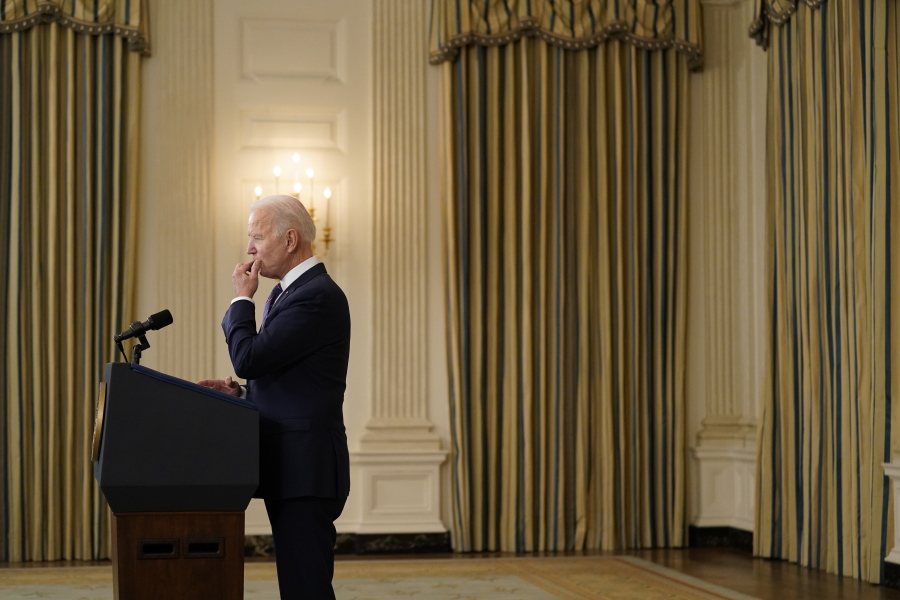Arguably the biggest beneficiaries of President Joe Biden’s plan to spend $620 billion on highways, roads and bridges are the steelmakers.
The Brazilian ones, that is. And the Korean ones. And the Vietnamese and Taiwanese ones. But not so much the once-mighty American steelmakers that Biden – and Donald Trump before him – pledged to revive.
American steel is too expensive for that – $300 a ton more expensive, based on estimates from Bloomberg and Kallanish Commodities. So expensive that two ships hauled thousands of tons of steel coils from Vietnam and Taiwan to the port of Houston last week, while U.S. Steel Corp.’s Big River Steel complex – a mere 10-hour drive from the port – makes the exact same coil.
“Shipments are booked, chartered and rolling,” Anton Posner, chief executive officer of supply-chain engagement and consulting company Mercury Resources, said in a phone interview. “We’re seeing a pickup on steel shipments from Southeast Asia, and it’s all demand driven.”



